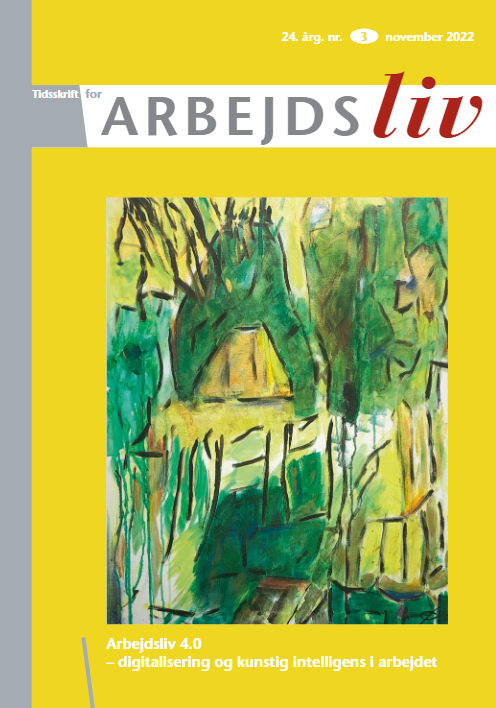Appearance means the world – Hairdresser education and training for aesthetic labor
DOI:
https://doi.org/10.7146/tfa.v24i3.134750Keywords:
Erhvervsuddannelse, Frisører, Æstetisk arbejdskraft, Æstetisk arbejdeAbstract
During their education hairdressing pupils are often classified by teachers and fellow students according to whether they are “hairdresser types” or not through invoking the presumed preferences of future workplaces. High-end salons use the physical appearance of employees and apprentices to brand themselves. Consequently, as part of their education to become hairdressers, aspiring pupils learn that what a hairdresser sells is much more than the ability to treat and cut people’s hair. The article analyzes interviews and observations concerning teachers and pupils within a hairdresser education and explores how the category of “a hairdresser type” is negotiated and used by teachers and pupils. It describes how pupils react to demands to turn themselves into “hairdresser types” in order to successfully cater to the real or imagined demands of hairdressing salons. In this environment, the boundary between the personal and the professional and the distinction between care and personal transgression are systematically blurred.
Downloads
Published
How to Cite
Issue
Section
License
Copyright (c) 2022 Forfatteren og tidsskriftet i samarbejde

This work is licensed under a Creative Commons Attribution-NonCommercial 4.0 International License.
Forfattere, der publicerer deres værker via dette tidsskrift, accepterer følgende vilkår:
- Forfattere bevarer deres ophavsret og giver tidsskriftet ret til første publicering, samtidigt med at værket ét år efter publiceringen er omfattet af en Creative Commons Attribution-licens, der giver andre ret til at dele værket med en anerkendelse af værkets forfatter og første publicering i nærværende tidsskrift.
- Forfattere kan indgå flere separate kontraktlige aftaler om ikke-eksklusiv distribution af tidsskriftets publicerede version af værket (f.eks. sende det til et institutionslager eller udgive det i en bog), med en anerkendelse af værkets første publicering i nærværende tidsskrift.
- Forfattere har ret til og opfordres til at publicere deres værker online (f.eks. i institutionslagre eller på deres websted) forud for og under manuskriptprocessen, da dette kan føre til produktive udvekslinger, samt tidligere og større citater fra publicerede værker (se The Effect of Open Access).





